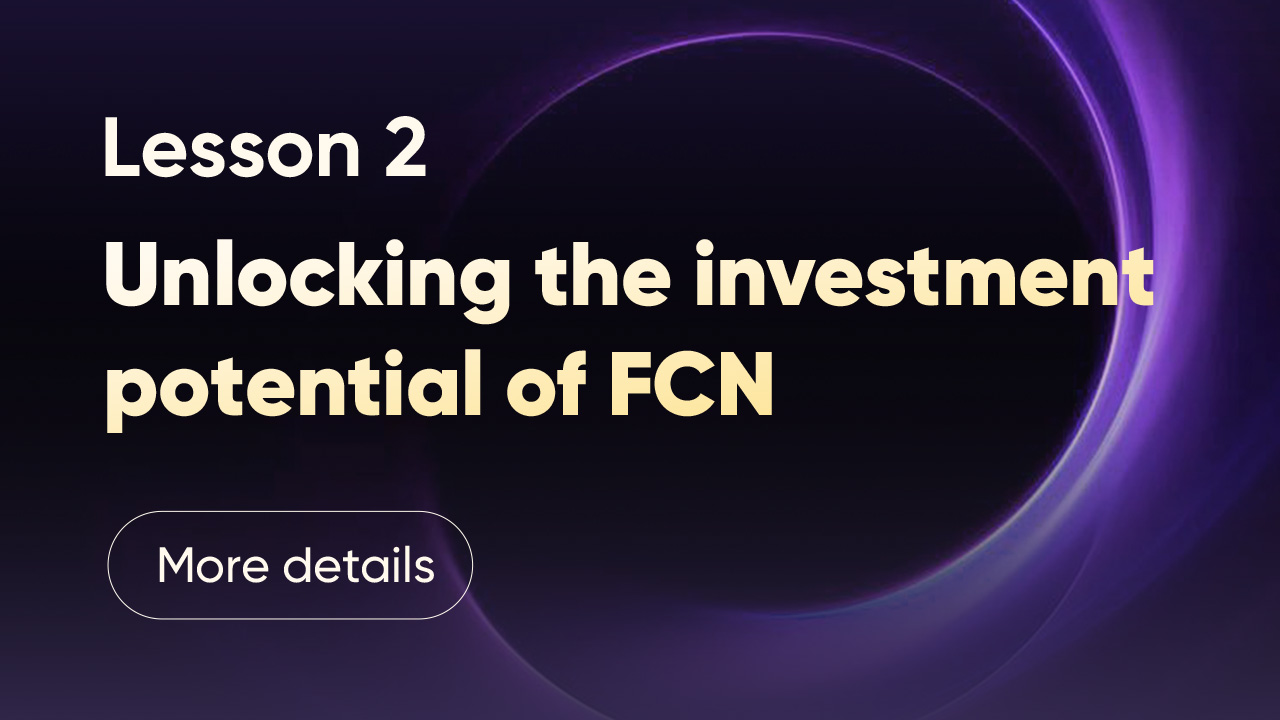1. How FCN Hooks Multiple Stocks
Generally, FCN hooking multiple stocks follows two main rules:
1.1 Based on the Performance of the Worst-Performing Stock:
Assume an FCN product is hooked to three stocks, each with its own knock-in (exercise) and knock-out prices. When determining whether to knock out on the observation day, the decision is based on the worst-performing stock. If that particular stock triggers a knock-out, the FCN will knock out.
Conversely, when it comes to knocking in, only the worst-performing stock needs to fall below the knock-in price to trigger a knock-in for all three stocks.
1.2 Based on the Performance of the Best-Performing Stock:
This scenario is the opposite. In a situation where an FCN product is hooked to three stocks, each with its own knock-in and knock-out prices, the decision to knock out on the observation day is determined by the best-performing stock. If that stock triggers a knock-out, the FCN will knock out.
On the flip side, when it comes to knocking in, the best-performing stock falling below the knock-in price will trigger the FCN to knock in. If all the best-performing stocks trigger a knock-in, it implies that all three stocks have knocked in.
In summary, the approach of hooking multiple stocks in FCN is more flexible but also more complex. Therefore, when selecting FCN hooked to multiple stocks, careful consideration of contract details, understanding potential risks and returns, and seeking professional advice when necessary is crucial to align investment strategies with risk tolerance and investment goals.
2.FCN and Comparison with options
Lower Risk than selling put option: In the three scenarios, the risk of potential losses exists only when FCN involves knocking in (exercising) stocks. However, during the holding period, as long as the stock price does not touch the strike price, FCN will not incur a loss, but selling a put option may incur a floating profit and a floating loss.
No Margin Requirements: Selling put options requires substantial margin usage, potentially leading to lower actual investment returns. FCN does not involve margin requirements; investors only need to pay the investment amount as the principal, providing clear returns without calculating implicit capital costs.

